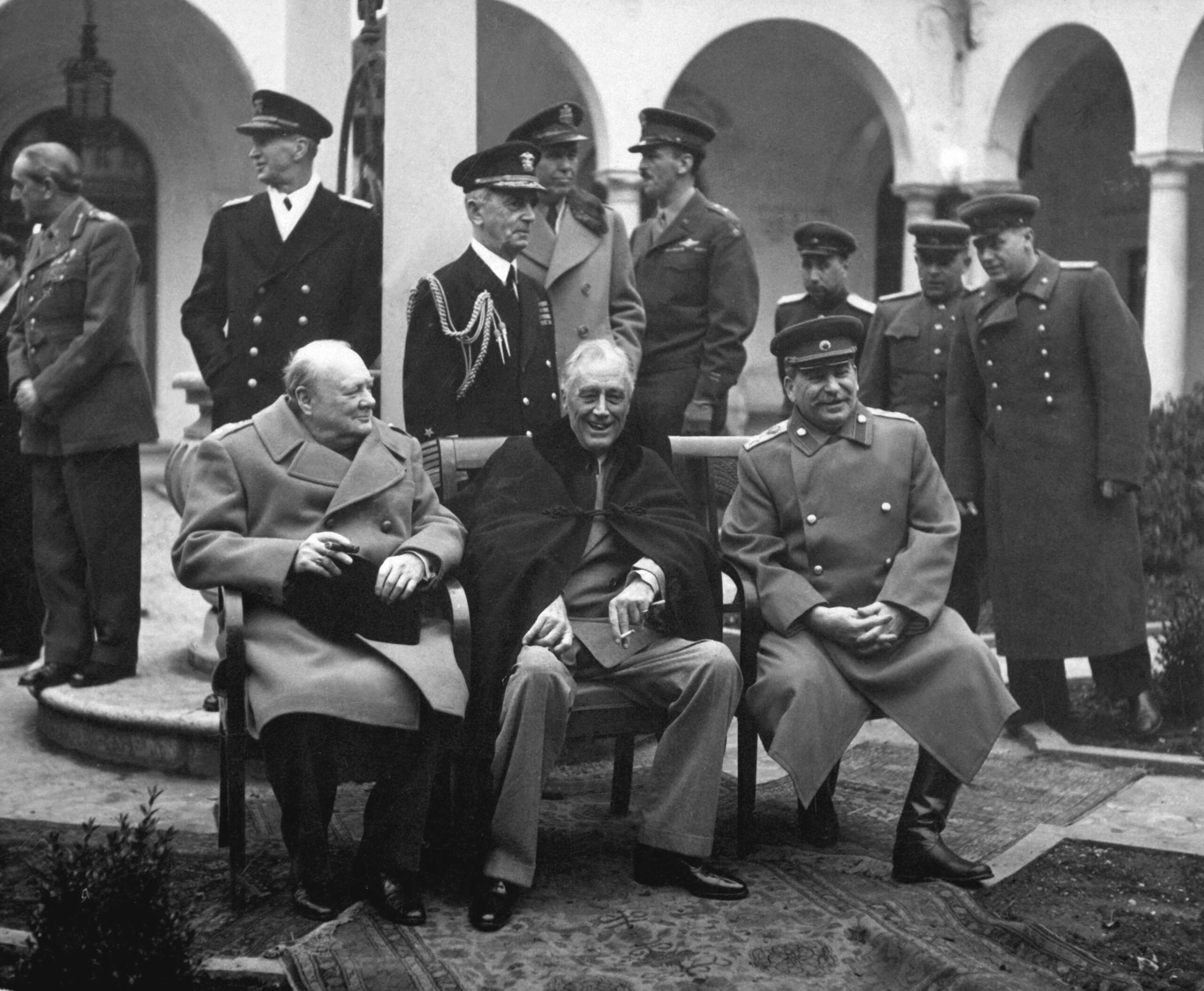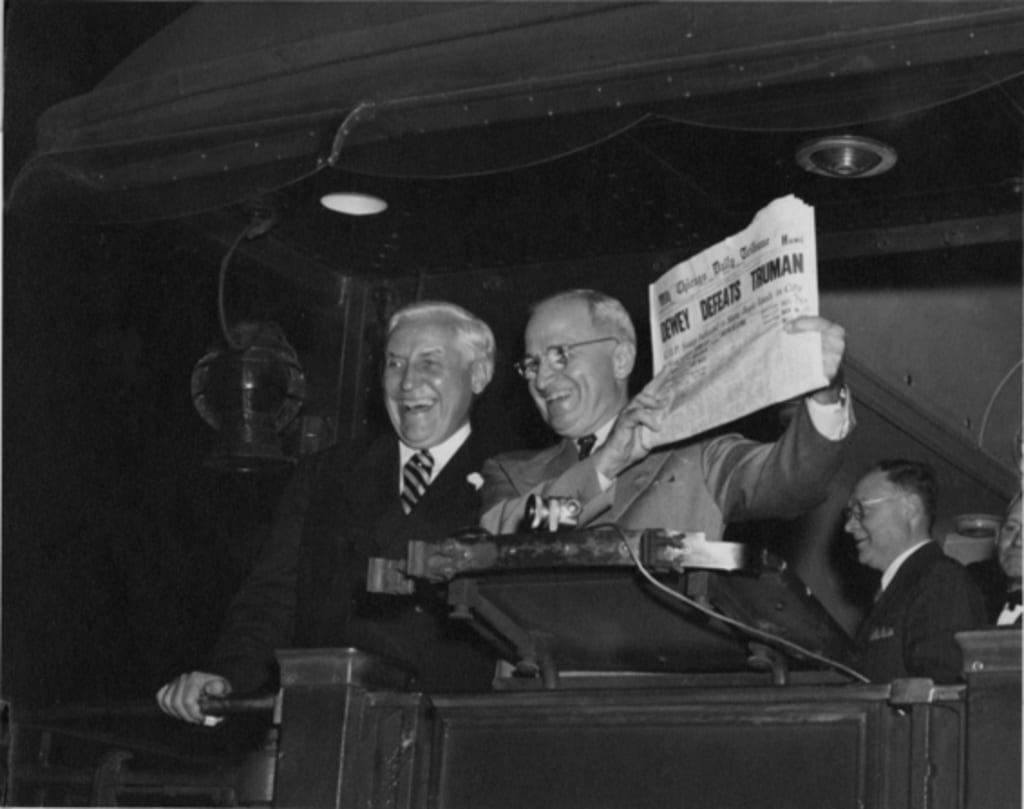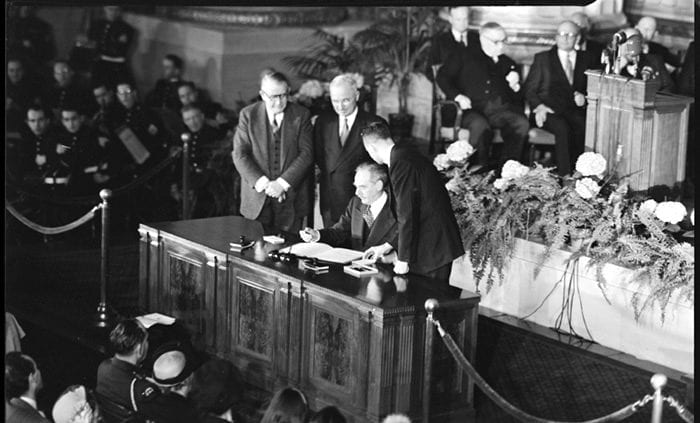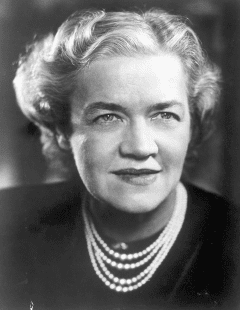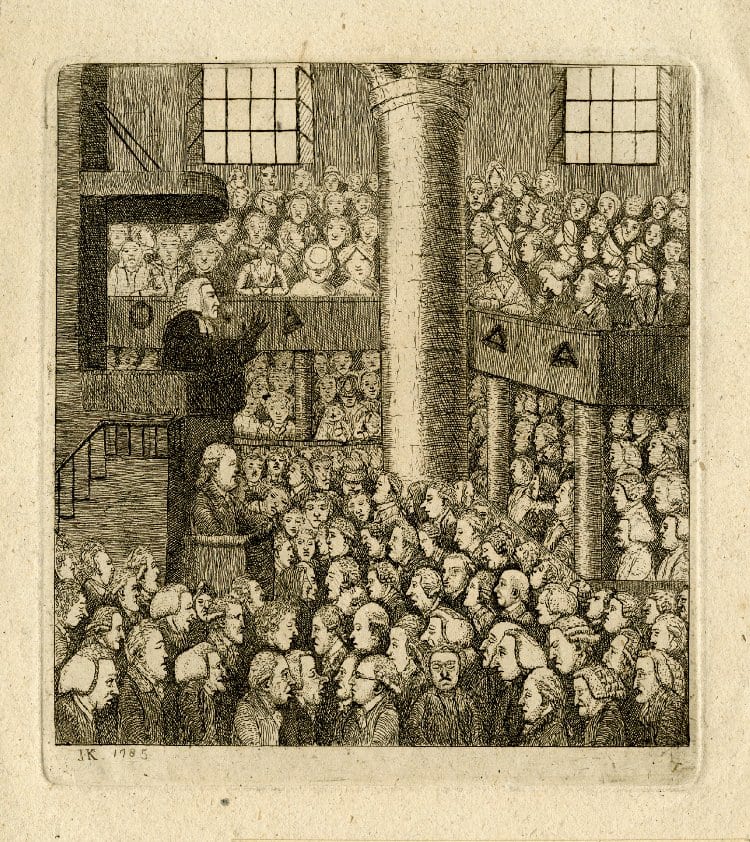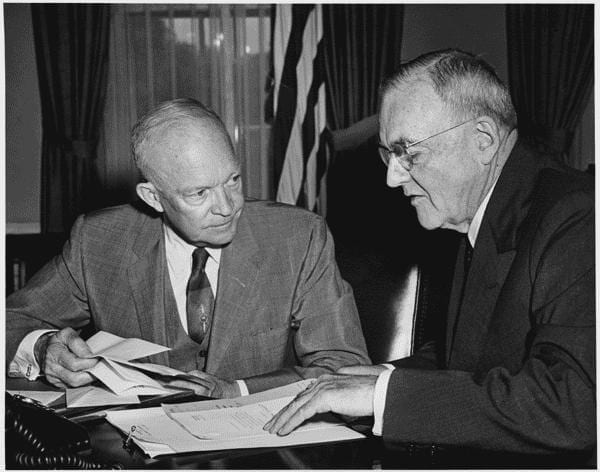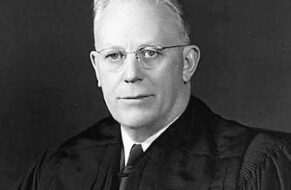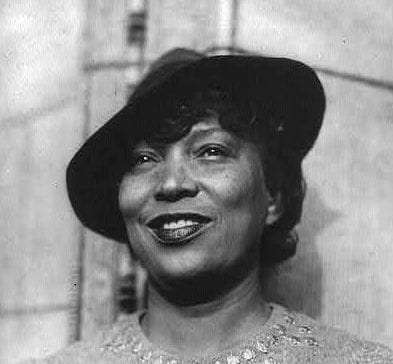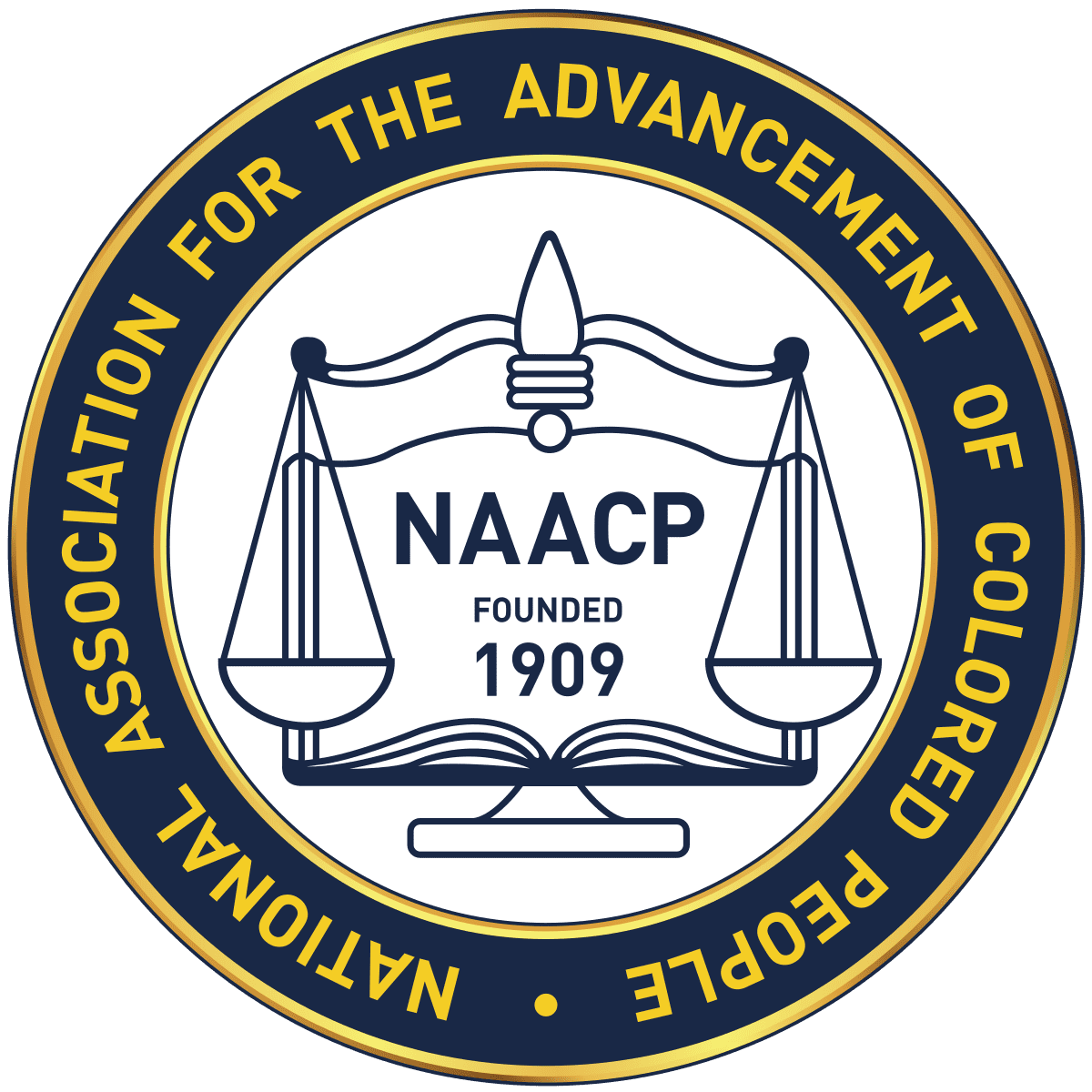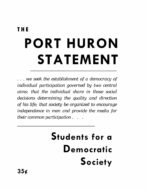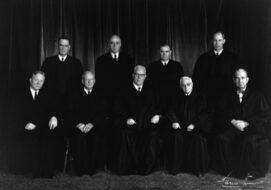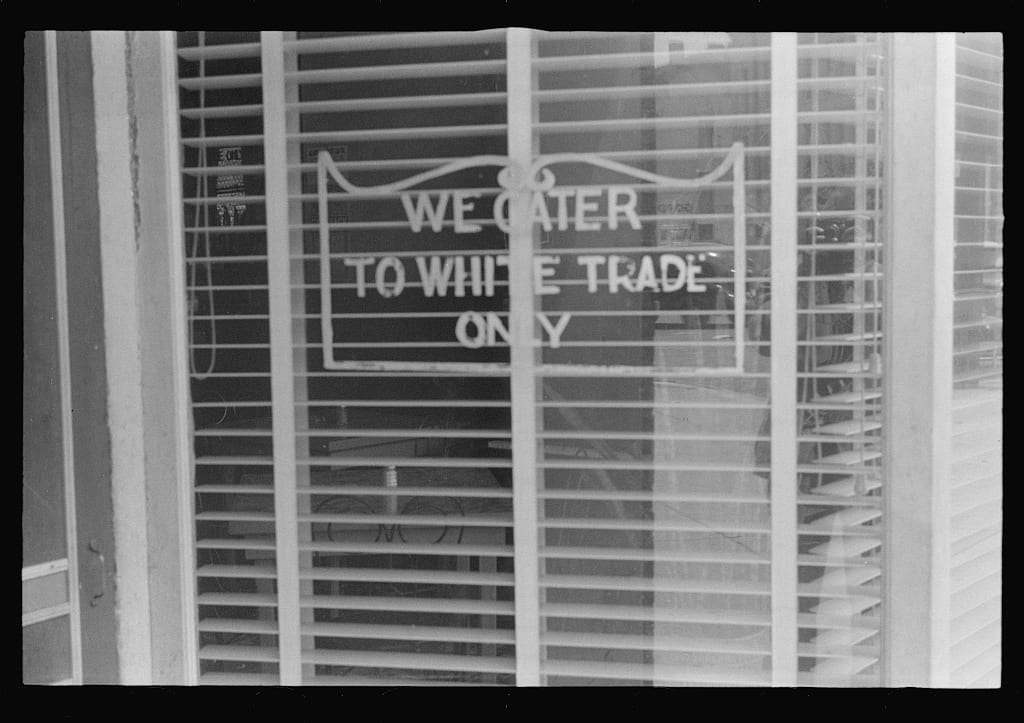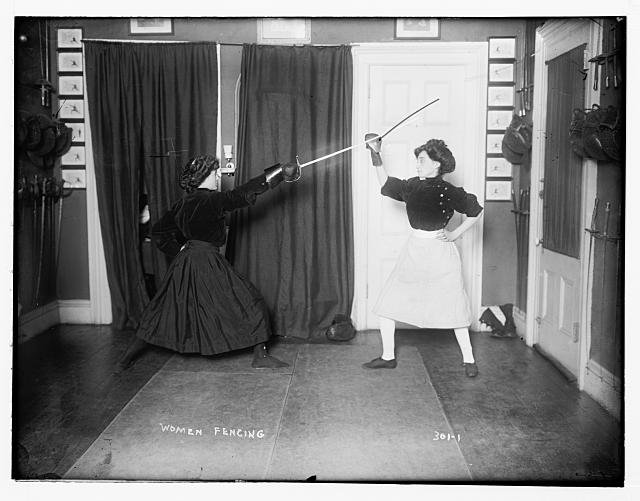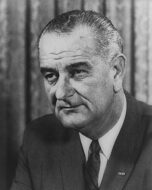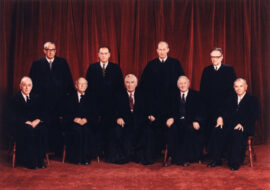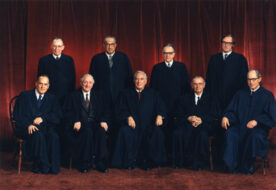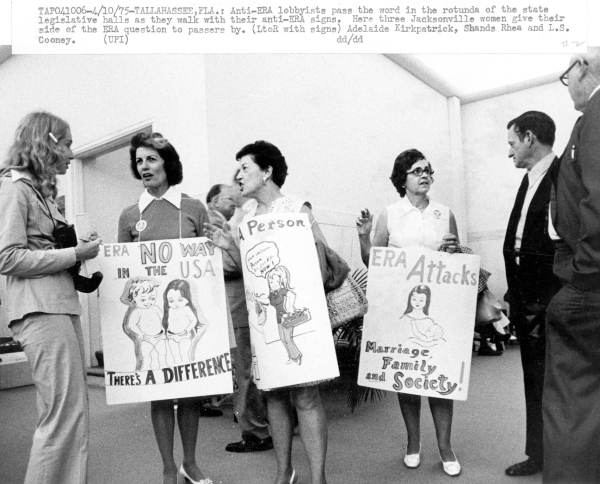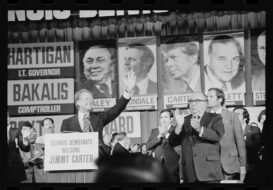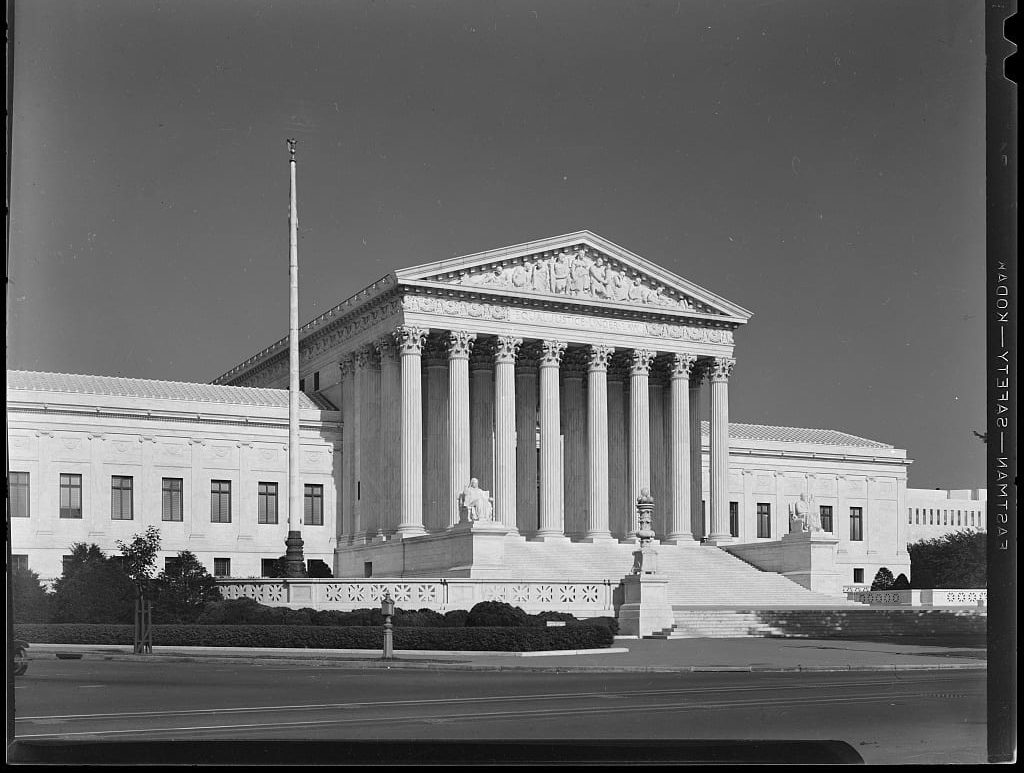Introduction
In various periods of U.S. history, governmentally sanctioned racial segregation in schools was common in both southern and northern states. The practice was subjected to increasingly serious challenges in the first half of the twentieth century as the NAACP, via the efforts of a group of attorneys trained by Charles Hamilton Houston and eventually led by Thurgood Marshall, won a string of antisegregation victories in a series of carefully crafted constitutional challenges. Those efforts culminated in the landmark case Brown v. Board of Education of Topeka, Kansas.
In deciding Brown, the Supreme Court consolidated four cases brought from four different states that raised the same constitutional question. In the lead case, plaintiff Oliver Brown filed suit as representative of a class of thirteen plaintiffs, parents of black children who had been prevented from enrolling in schools that district policy reserved for white students. Their contention was that the school districts’ racial segregation policies violated the Equal Protection Clause of the Fourteenth Amendment.
In one of the most significant rulings in its history, the Court unanimously agreed with the plaintiffs. The ruling aroused predictable controversy at the time (see Southern Manifesto), but the Court’s decision to invalidate governmentally mandated racial segregation in public schools is now almost universally regarded as an exemplary act of judicial courage and justice. Even so, controversy persists concerning the unorthodox reasoning the Court presented in support of its conclusion, because the Court relied on questionable psychological studies rather than constitutional history, judicial precedent, or elemental principles of right.
—Peter C. Myers
MR. CHIEF JUSTICE WARREN1 delivered the opinion of the Court.
These cases come to us from the states of Kansas, South Carolina, Virginia, and Delaware. They are premised on different facts and different local conditions, but a common legal question justifies their consideration together in this consolidated opinion.
In each of the cases, minors of the Negro race, through their legal representatives, seek the aid of the courts in obtaining admission to the public schools of their community on a nonsegregated basis. In each instance, they had been denied admission to schools attended by white children under laws requiring or permitting segregation according to race. This segregation was alleged to deprive the plaintiffs of the equal protection of the laws under the Fourteenth Amendment. In each of the cases other than the Delaware case, a three-judge federal district court denied relief to the plaintiffs on the so-called “separate but equal” doctrine announced by this Court in Plessy v. Ferguson.2 Under that doctrine, equality of treatment is accorded when the races are provided substantially equal facilities, even though these facilities be separate. . . .
The plaintiffs contend that segregated public schools are not “equal” and cannot be made “equal,” and that hence they are deprived of the equal protection of the laws. . . .
In approaching this problem, we cannot turn the clock back to 1868, when the amendment was adopted, or even to 1896, when Plessy v. Ferguson was written. We must consider public education in the light of its full development and its present place in American life throughout the nation. Only in this way can it be determined if segregation in public schools deprives these plaintiffs of the equal protection of the laws.
Today, education is perhaps the most important function of state and local governments. Compulsory school attendance laws and the great expenditures for education both demonstrate our recognition of the importance of education to our democratic society. It is required in the performance of our most basic public responsibilities, even service in the armed forces. It is the very foundation of good citizenship. Today it is a principal instrument in awakening the child to cultural values, in preparing him for later professional training, and in helping him to adjust normally to his environment. In these days, it is doubtful that any child may reasonably be expected to succeed in life if he is denied the opportunity of an education. Such an opportunity, where the state has undertaken to provide it, is a right which must be made available to all on equal terms.
We come then to the question presented: does segregation of children in public schools solely on the basis of race, even though the physical facilities and other “tangible” factors may be equal, deprive the children of the minority group of equal educational opportunities? We believe that it does.
In Sweatt v. Painter, in finding that a segregated law school for Negroes could not provide them equal educational opportunities, this Court relied in large part on “those qualities which are incapable of objective measurement but which make for greatness in a law school.” In McLaurin v. Oklahoma State Regents, the Court, in requiring that a Negro admitted to a white graduate school be treated like all other students, again resorted to intangible considerations: “. . . his ability to study, to engage in discussions and exchange views with other students, and, in general, to learn his profession.”3
Such considerations apply with added force to children in grade and high schools. To separate them from others of similar age and qualifications solely because of their race generates a feeling of inferiority as to their status in the community that may affect their hearts and minds in a way unlikely ever to be undone. . . . Whatever may have been the extent of psychological knowledge at the time of Plessy v. Ferguson, this finding is amply supported by modern authority. . . .4
We conclude that, in the field of public education, the doctrine of “separate but equal” has no place. Separate educational facilities are inherently unequal. Therefore, we hold that the plaintiffs and others similarly situated for whom the actions have been brought are, by reason of the segregation complained of, deprived of the equal protection of the laws guaranteed by the Fourteenth Amendment. . . .

























